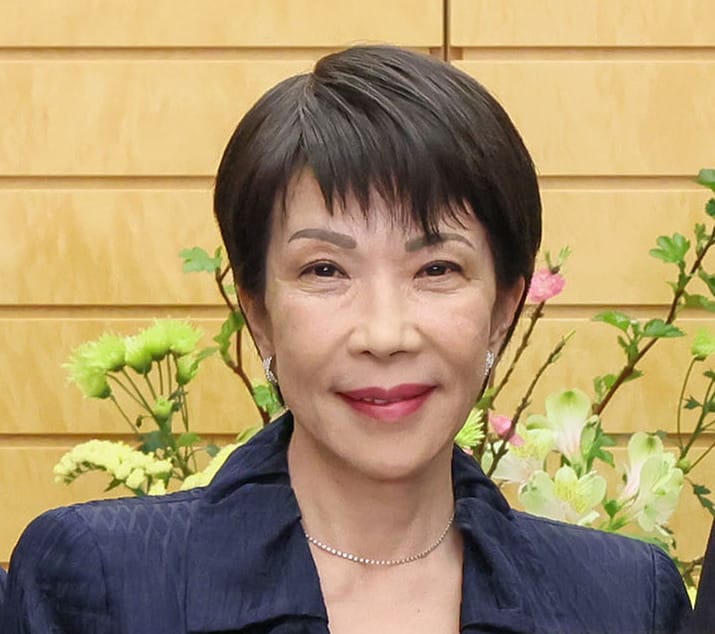Sanae Takaichi’s LGBTQ+ record under scrutiny as she becomes Japan’s first female Prime Minister

The election of Sanae Takaichi as Japan’s first female prime minister has sparked concern, particularly regarding her stance on LGBTQ+ rights. A veteran politician and staunch conservative, Takaichi’s ascent marks a historic moment for gender representation in Japanese politics, yet her record on social issues suggests a continuation of traditionalist policies that may hinder progress for LGBTQ+ communities.
Takaichi, 64, is widely recognised for her ultra-conservative views and close alignment with the nationalist organisation Nippon Kaigi. Her opposition to same-sex marriage and resistance to reforms such as allowing separate surnames for married couples have drawn criticism from rights advocates. In past statements, she has argued that such changes could “destroy the social structure based on family units”.
While she has publicly stated that “there should be no prejudice against sexual orientation or gender identity,” her emphasis has been on “promoting understanding” rather than enacting legal protections or recognising LGBTQ rights in law. This approach has been viewed by many as insufficient in a country where same-sex marriage remains unrecognised and legal protections for LGBTQ individuals are limited.
Takaichi’s rise to power comes amid broader concerns about Japan’s lagging record on gender and minority rights. Despite being the world’s third-largest economy, Japan ranks 118th in the World Economic Forum’s Global Gender Gap Report, the lowest among G7 nations. Her administration, formed through a coalition with the right-wing Japan Innovation Party, is expected to push further conservative policies, potentially stalling efforts to advance LGBTQ+ rights.
Critics argue that her leadership may reinforce existing barriers rather than dismantle them. “She doesn’t have a very positive track record on gender issues, on family-friendly policies, women’s empowerment,” said Jeff Kingston, a professor of Asian studies at Temple University’s Tokyo campus.





Comments ()